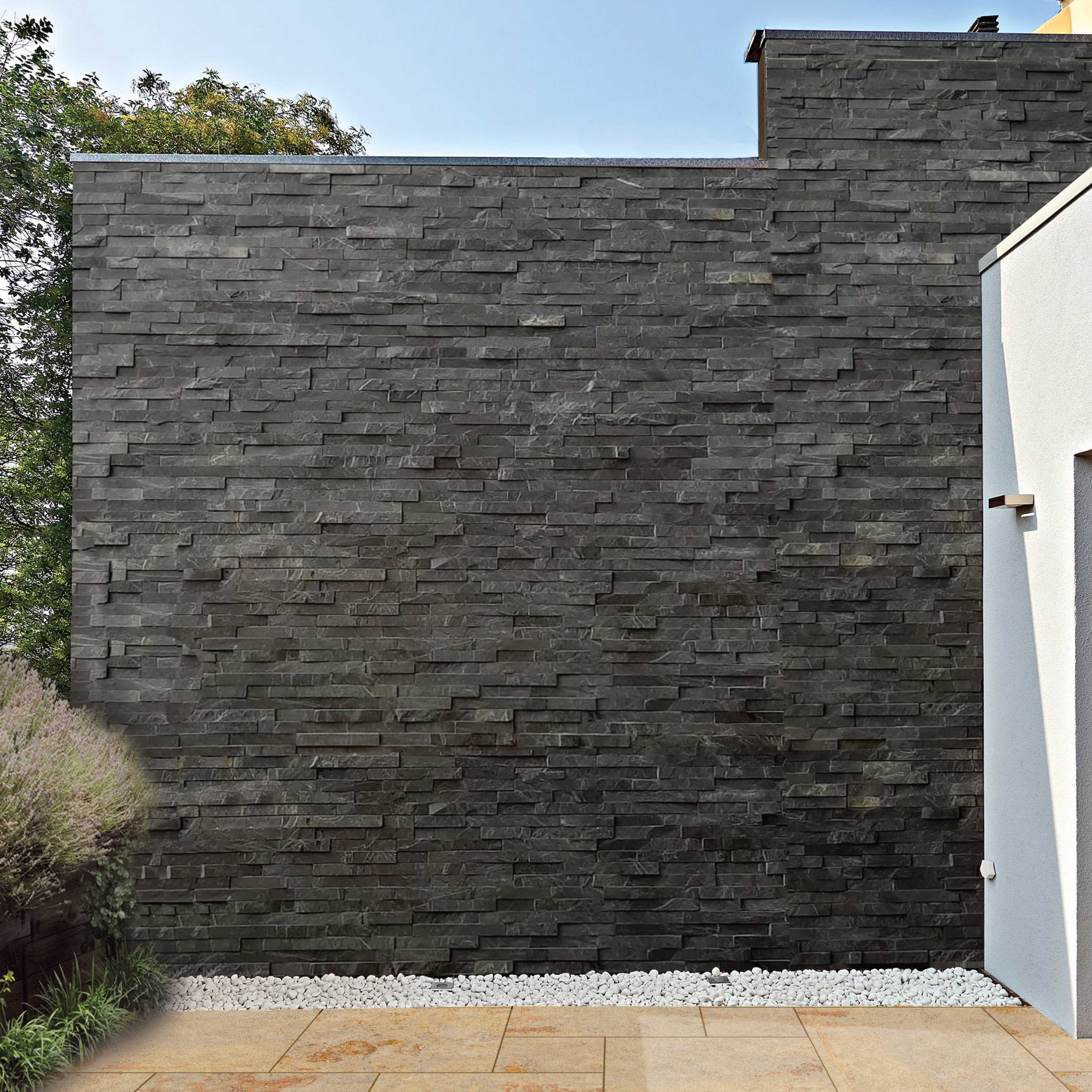Clay Pavers vs Concrete Pavers: Know the Key Differences
Apr 13, 2023
Choosing paving materials for your outdoor space is among the most important decisions you have to make. Your outdoor area expects harsh weather conditions and foot traffic. So, you should be careful with your selection. When we talk about outdoor paving, we often see people talking about clay pavers vs concrete pavers.
No doubt, clay pavers and concrete pavers are among the popular choice of materials for creating stunning driveways, patios or walkways. They both are considered to be the ideal choice of pavers for any outdoor space. But ultimately, you have to choose either clay or concrete pavers. But how do you decide which would suit your outdoor setting and which would last long?
So, if you are looking for the differences between clay pavers and concrete pavers, you should read this article. We’ve listed some of the major differences that will help you choose the ideal paving materials.
Clay Pavers vs Concrete Pavers – Technical Properties
When you think about the interior design of your home, it’s equally important to consider the outdoors of your home. So, whether you want to adorn your patios, pathways, garden walls or driveways, clay pavers are the one you should go for. Slip-resistance, low maintenance, frost resistance, great strength and long-lasting performance make clay pavers a preferable choice over concrete pavers. Along with this, a wide variety of colours, designs, and superior technical characteristics make clay pavers an ideal choice for outdoor areas.
Clay Pavers vs Concrete Pavers – Colour Fastness
Colour fastness characterises the resistance of a material’s colour to fading or running. You can be guaranteed the colour fastness when it comes to clay pavers. Their vibrant colouring is a result of the manufacturing procedure, which uses solid clay and kiln drying to permanently bake the colour into the components.
The fact that concrete block pavement fades is one of its main drawbacks. Concrete is coloured during processing with the addition of dye. The sunlight can easily fade this colour.
Clay Pavers vs Concrete Pavers – Eco-Friendly
When it comes to sustainability and environmental friendliness, clay pavers would be the perfect material for your outdoor areas. Clay pavers are manufactured from natural materials like sand, clay and water and do not contain any toxins, allergenic or harmful substances. Like limestone and sandstone paving, clay pavers are environmentally friendly paving materials.
On the other hand, concrete pavers are a mix of sand, cement and stone and are then dried. So, they are not environmentally friendly materials, plus they are not that durable as well. So, when talking about installing pavers for your outdoor area, you should go for clay pavers.
Clay Pavers vs Concrete Pavers – Weathering
When you look for pavers for your outdoor space, be it your patio, driveway or pathway, you will obviously look for the ones that can withstand harsh weather conditions. So, clay pavers are the ones that can withstand different weather conditions.
But when you talk about concrete pavers, you won’t be getting the hard-wearing properties of clay pavers. Different weather conditions will wear the sand away from the surface of the concrete. Resulting in dull-looking pavers that decrease the aesthetic appearance of your outdoors. Apart from that, the paving grouts you use for your concrete paving might also wear out, resulting in loose and unstable outdoor paving.
Clay Pavers vs Concrete Pavers – Cost-Effectiveness
Though you will find that concrete paving is much cheaper than clay paving. But that doesn’t mean that you should go for concrete pavers. Obviously, you will always go for the cheaper one but think about cost-effectiveness.
Clay pavers can save a lot of your money as they require low maintenance and are weather resistant, durable and strong. So, they last for years, and there won’t be any replacement or maintenance costs. But concrete pavers require replacement every few years, which can cost you more than you think. So, don’t go for the cheaper ones. Instead, go for the ones that provide value for money.
Clay Pavers vs Concrete Pavers – Safety
When choosing the materials for your outdoor paving, safety is among the most important factors to consider. When you live in a country like the UK, you would expect different weather conditions, including heavy rains, snowfall, etc.
So, ensure your paving material is safe, and clay pavers are a better choice when discussing safety. They are slip-resistant and frost resistant, which makes them an ideal choice of pavers for typical British weather. Concrete, on the other hand, is a bit slippery and is not frost resistant. So, they are not safe enough for outdoor paving, especially when the floor is wet.
Clay Pavers vs Concrete Pavers – Colour Options
As mentioned earlier, clay pavers are made from natural materials like clay and sand and do not contain artificial colours. But when you talk about colour fading, there won’t be any with clay pavers. Clay pavers fired at high temperatures in a kiln keep their colour fresh and ensure no fading. However, they are available in a limited range of colours. Plus, you can make unique designs and patterns for your outdoor area, including circular patios, curved pathways, driveways, etc.
But concrete pavers, when they come in contact with sunlight, might lose their beautiful look and start to fade. Despite concrete pavers being available in a wide variety of colours, homeowners, architects and designers prefer clay pavers.
Conclusion
This was all about clay pavers vs concrete pavers. These are some of the major differences between clay and concrete pavers that are important for you to know. You should always keep an eye on these differences before you choose your outdoor paving material.


